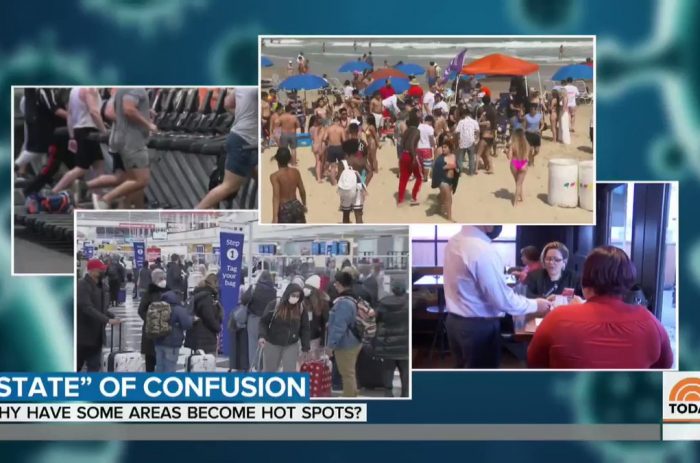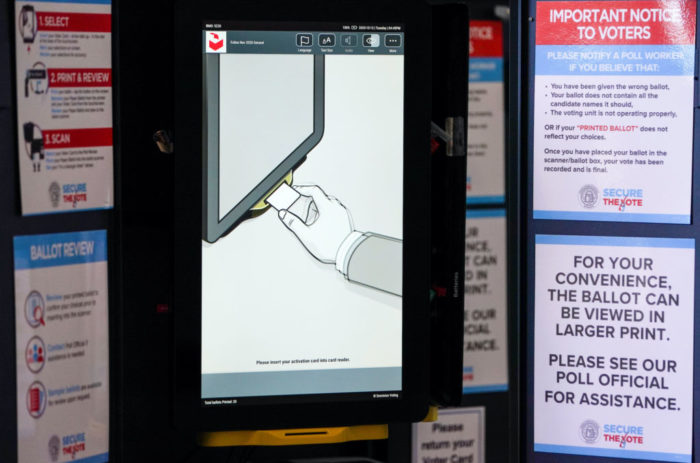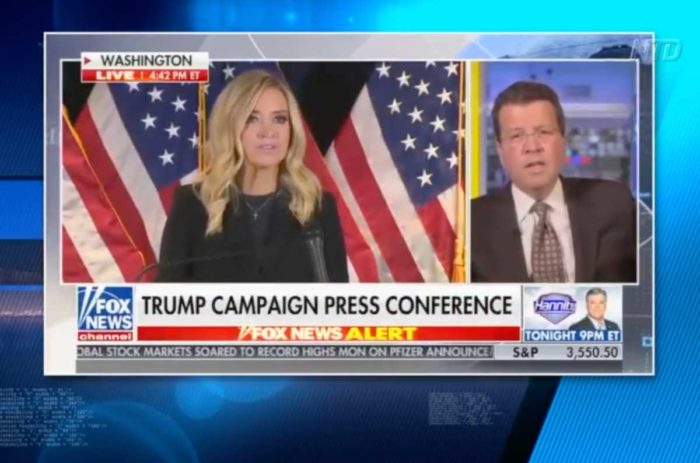redo Jump to...
print Print...
Directions
-Read the excerpt below from BusinessandMedia.org.
-Read "Types of Media Bias" in the right column. Then answer the questions.
From a report by Dan Gainor posted at BusinessandMedia.org (original post date 12/18/12):
For many Americans, ABC, NBC and CBS are the major source of news on business and the economy. Unfortunately, …network reporters are either ill-prepared to discuss complex issues of economics, finance and business or choose to be advocates for viewpoints rather than objective reporters who strive for balance.
Liberal preferences for government solutions and interventionism as well as hostility toward wealth and profit dominate network coverage.
The result was skewed, unfair and even inaccurate reporting on the economy and the private sector. In 2012, network reporters got many economic stories wrong.
For example… ABC and Others Lean Left, Embrace Tax Hikes for Fiscal Cliff Solution
The country is hurtling toward the Jan. 1 deadline of automatic tax hikes and spending cuts, if Congress and the president cannot make a deal to stop it. Although each side has a different solution: liberals say raise taxes, conservatives say cut spending, the overwhelming focus of the network news has been on raising taxes. In fact, ABC’s “World News” talked about raising taxes as the solution 17 times more than they’ve covered spending cuts.
ABC devoted more than 10 minutes to talk of taxes and just 35 seconds to spending cuts (10 minutes 18 seconds to 35 seconds) in the three weeks following the presidential election and often harped on a pledge not to raise taxes as the problem. ABC’s Senior Political Correspondent Jonathan Karl pointed at the pledge as being a potential cause for the fiscal cliff. “The pledge is the biggest obstacle to any deal that would raise taxes,” he told “World News” viewers Nov. 26.
Combined, the three network evening programs focused more than twice as much on tax increases as they did on spending (29 minutes 31 seconds to 12 minutes 54 seconds) between Nov. 7 and Nov. 26.
It’s interesting that spending cuts received so little coverage since even President Obama admitted that entitlement spending is the top problem causing deficits. NBC ran that comment during its “Nightly News” Nov. 25. “We have to continue to take a serious look at how we reform our entitlements because health care costs continue to be the biggest driver of our deficits,” Obama said.
BMI also analyzed six months of coverage of the fiscal cliff ahead of the presidential election and found that the networks portrayed the issue inaccurately. They blamed Congress (and specifically Republicans in Congress) 16 times more often than they blamed President Obama. Both Congress and Obama should have been held responsible since the tax hikes and spending cuts were the result of a deal made by both of them.
The skewed coverage has impacted public opinion, as a Washington Post-Pew poll showed “53 percent are inclined to blame Republicans in Congress” if a deal is not made to avoid the fiscal cliff.
To accurately identify different types of bias, you should be aware of the issues of the day, and the liberal and conservative perspectives on each issue.
Types of Media Bias:Questions
1. What type of bias is the excerpt an example of?
2. Mr. Gainor reports: “combined, the three network evening programs focused more than twice as much on tax increases as they did on cutting spending between Nov. 7 and Nov. 26.” Why is it wrong for the media to focus on only one side of the issue (Why shouldn’t the media highlight one side’s viewpoint as the correct solution)?
3. How do you think liberals would react if the three network evening programs focused more than twice as much time on Republicans proposal to cut spending as they did on Democrats’ plan to increase taxes?
Scroll down to the bottom of the page for the answers.
Answers
1. The excerpt is an example of bias by story selection – a pattern of highlighting news stories that coincide with the (in this case) liberal agenda while ignoring stories that coincide with the conservative agenda.
2. The media’s job is to report the news. Highlighting the Democratic solution (that only tax increases will solve our deficit problem) as the correct solution to the problem, while ignoring Republicans’ insistence that cutting government spending is the correct way to solve the federal government’s fiscal crisis impacts public opinion. The Republican and Democratic solutions should be given equal time so viewers can evaluate both sides and come to their own conclusion about which is the better plan.
3. Opinion question. Answers vary.



